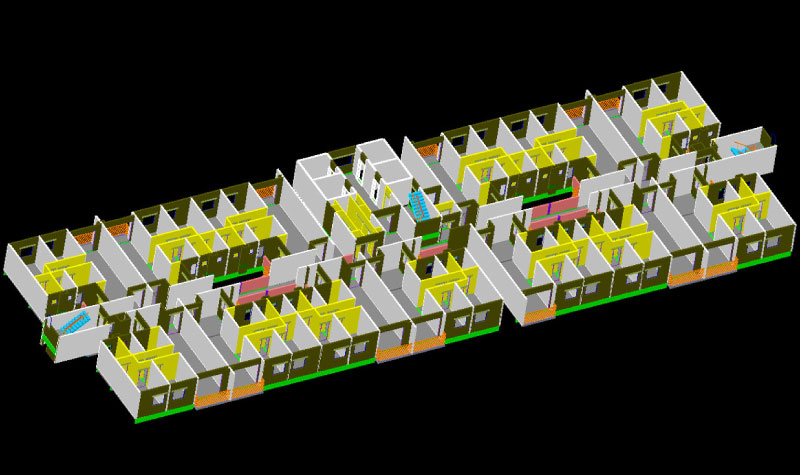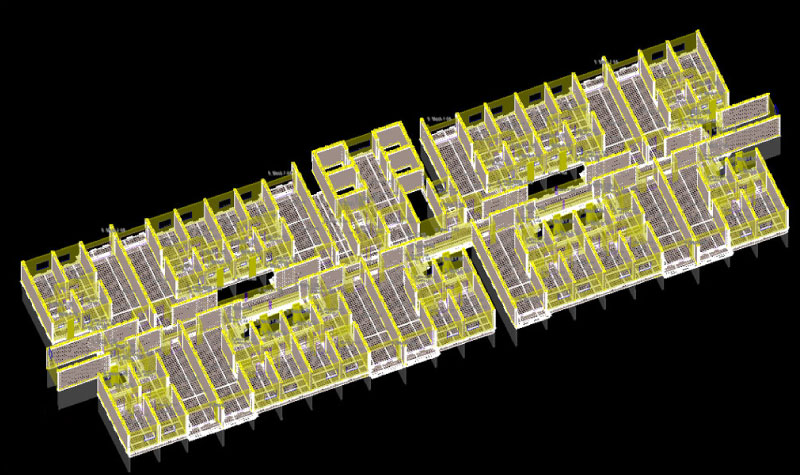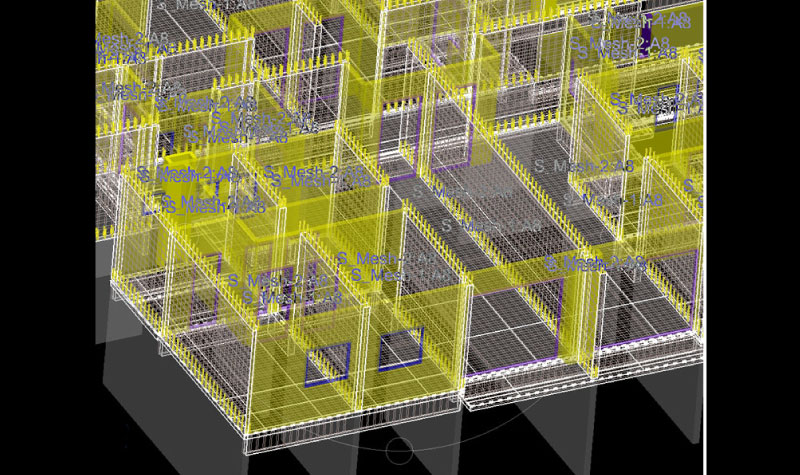Technology and data
We employ approaches such as building information modelling (BIM) to deliver better control and lifecycle performance.

What is BIM?
BIM & Information Management
Building Information Modelling (BIM) is basically a digital representation of physical and functional characteristics of a building and about getting people and information working together effectively and efficiently. By using defined processes and technology, best value can be driven throughout the asset life cycle.Optimizing performance
Embedding BIM processes right from project inception helps protect and prioritize your development objectives into asset operation and decommissioning phases.BIM enables a better understanding of the construction environment, reducing the risk of design clash and securing asset functionality. Wasteful processes and activities are removed, saving money and reducing environmental impact.
Adopting a BIM approach brings predictability to a project, not just for capital delivery but operation too. Traditionally, the volume of design and construction information handed onto asset operators is minimal. BIM facilitates data transfer, making maintenance issues easier to resolve and saving money in the long term.
We are focused on making sure the adoption of BIM delivers value for clients. BIM offers benefits to clients through:
- Clarity of information – implying a reduction in risk
- More efficient working by designers, surveyors and contractors through shared use of the same information models
- Early trapping of design errors by identifying clashes.
- Reduction in unnecessary waste
- Ability to provide more comprehensive and useful as-built information
We use the following Cubicost (Glodon) BIM software:
- TAS is BIM-based quantity takeoff software for architecture and structure, which has successfully
- TRB is BIM-based quantity takeoff software for rebar.
- TBQ is an innovative, efficient and easy-to-use cost estimating software.



